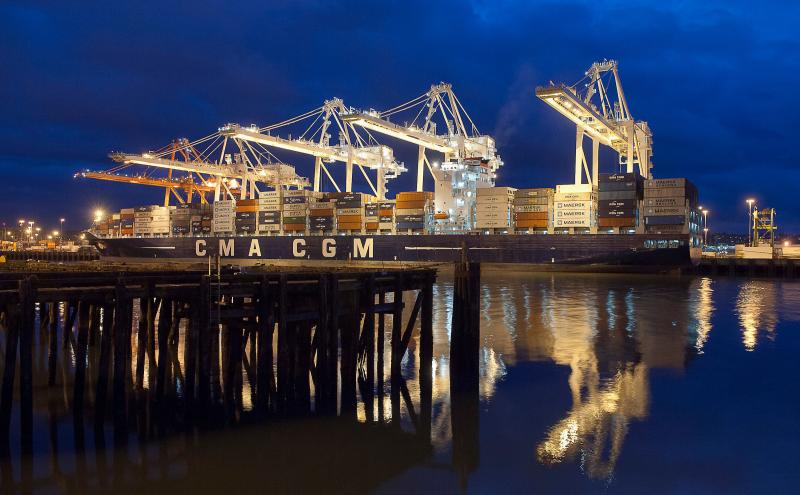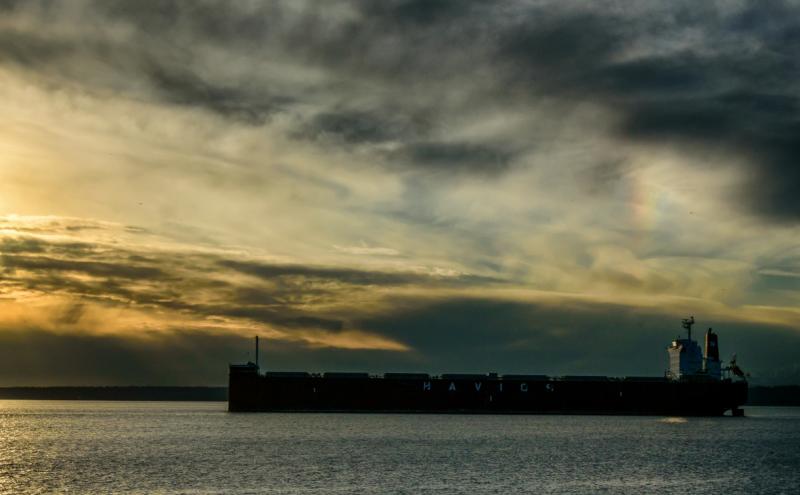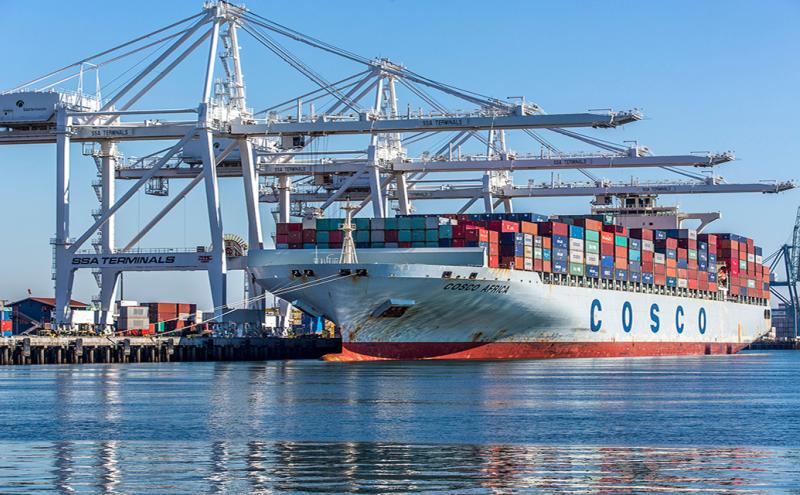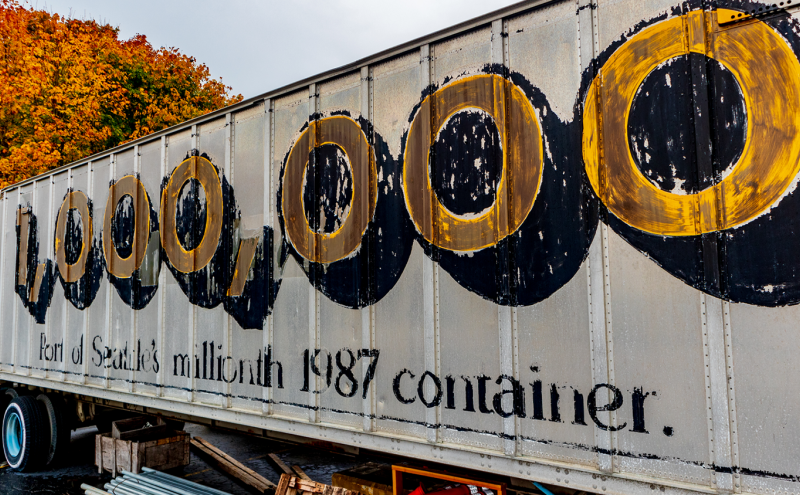
What were you doing in 1984? For those of us around to remember, 1984 was an epic year. The movies “Ghostbusters”, “The Karate Kid”, “Gremlins”, and “Star Trek III: The Search for Spock” were released. Desmond Tutu won the Nobel Peace Prize. The “Purple Rain,” “1984,” and “Like a Virgin” albums dropped.
As that sinks in, 1984 was also the year the Port of Seattle handled one million 20-foot equivalent units (TEUs) for the first time. What exactly is a TEU? To understand TEUs, let’s first dive into the history of containers.
History of containers
Modern-day shipping containers were the vision of Malcom (born Malcolm) McLean, who is often referred to as the father of containerization. To give a brief explanation of a rich story, sea-going cargo was transported in sacks, bags, crates, barrels, and boxes of different sizes and shapes. Each piece was loaded one at a time onto vessels — then later unloaded one at a time. This was a lengthy process, often longer than the voyage across the ocean. McLean, who was a trucker, felt there had to be a more efficient way and eventually developed a prototype that would change the course of shipping forever. After adaptions, the result of McLean’s vision was the modern-day shipping container: a stackable, uniform box, which could move seamlessly from truck to ship to rail.
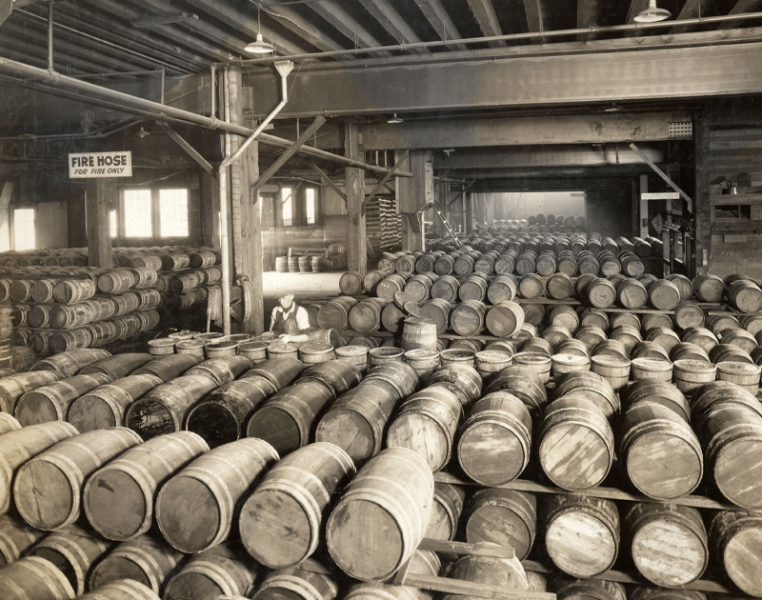
Wide-range adoption of containers took time because of slow acceptance and the need to develop supporting infrastructure across the supply chain and ports. Once containers were widely accepted, they reduced the cost of freight transportation while making the loading and unloading process faster. Read more about McLean’s story in “The Box that Changed the World,” “The Box: How the Shipping Container Made the World Smaller and the World Economy Bigger”, and “Box Boats”.
All about sizes
Containers come in different sizes: 20-foot, 24-foot, 40-foot, 45-foot, 48-foot and 53-foot units. International services primarily use 20-foot, 40-foot, and 45-foot containers. Goods in containers from international markets are often transloaded, or transferred, into 53-foot containers near the port of discharge and railed or trucked to their destination in the United States. This reduces the boxes going inland and frees up containers for use near the port. Transloading is an important segment for The Northwest Seaport Alliance (NWSA), and a wide range of options are available in or near the terminals.
All about types
Different types of containers are designed to accommodate a variety of shipping needs. Dry containers carry dry material. Refrigerated containers – commonly known as reefer containers – carry cargo that needs to be kept cold. Reefer containers are important for both imports and exports, but especially exports.
Fun Fact: The NWSA is the second largest reefer export port in the U.S. Reefer containers are important to farmers in Washington state. Frozen potatoes (French fries), apples, dairy, fish, and meat are the top five reefer exports the NWSA handles.
Other types of commonly used containers are flat rack containers with collapsible sides to make room for goods, and open top containers with tops that can be removed to handle cargo of any height.
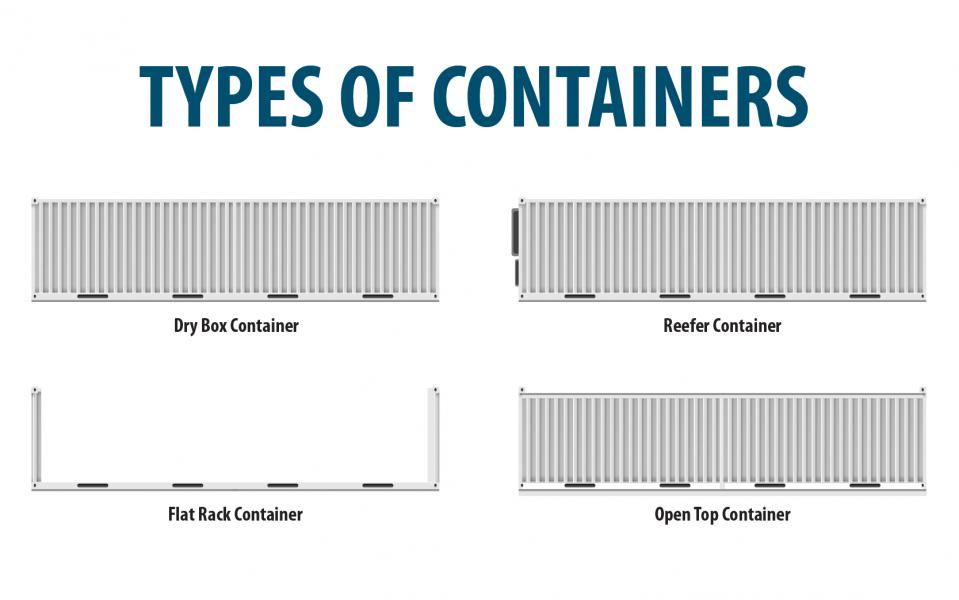
Counting the boxes
Twenty-foot containers are the “standard” container size. Other sizes are converted into TEUs for measurement, using the dimensions of a 20-foot standardized shipping container. One 40-foot container is two TEUs (40/20), and one 45-foot container is 2.25 TEUs (45/20).
Ports can measure themselves in different ways: TEUs, metric tons, and dollar value. So, when you ask which port is number one, the answer depends on what is measured. The biggest prize is the rank by TEUs.
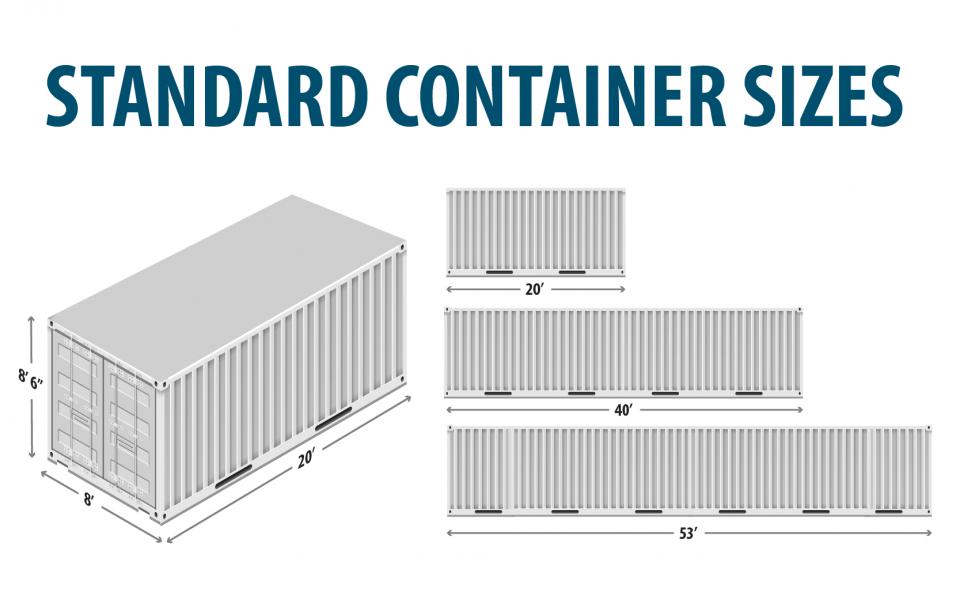
Where does the NWSA rank? In 2021, as a gateway, a point where cargo in transit is handled, the alliance is the fourth largest in North America, and as a port, the fifth largest in North America by TEUs.
| Gateway | Port |
|---|---|
| 1. Ports of Los Angeles/Long Beach | 1. Port of Los Angeles |
| 2. Port of New York and New Jersey | 2. Port Long Beach |
| 3. Georgia Ports Authority | 3. Port of New York and New Jersey |
| 4. The Northwest Seaport Alliance | 4. Georgia Ports Authority |
| 5. The Northwest Seaport Alliance |
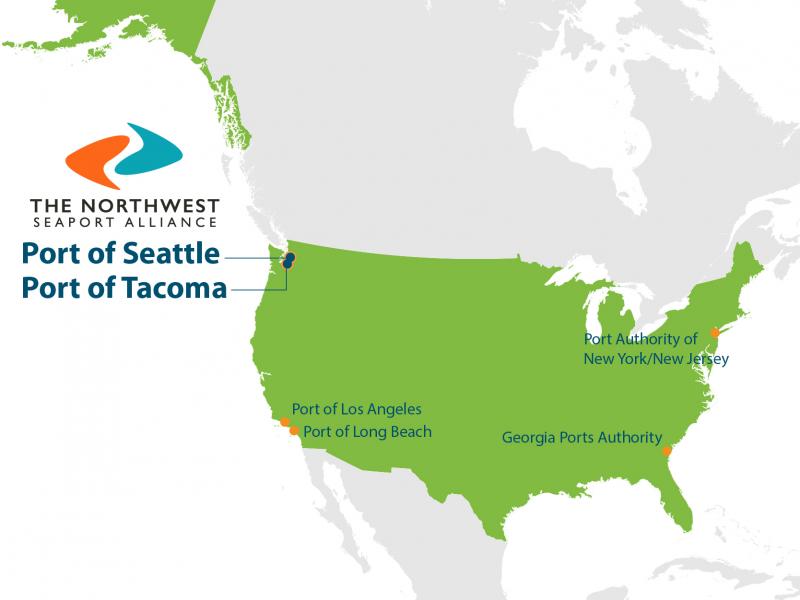
Shipping vessel and terminal cargo capacity are also measured by TEUs. For example, part of the modernization of Terminal 5 made the terminal “big-ship ready.” Vessels have different TEU capacities and are getting bigger. Terminal 5 recently handled the 14,952 TEU MSC Virgo, which is the largest vessel to call at Terminal 5, and the second largest to call at a Port of Seattle terminal — behind the 17,859 TEU CMA CGM Benjamin Franklin. Terminals are also designed to handle capacity measured by TEUs, which can change based on how the terminal is operated.
Fun Fact: The celebratory one millionth container the Port of Seattle handled in 1987 — after sailing around — is currently housed at Terminal 91.
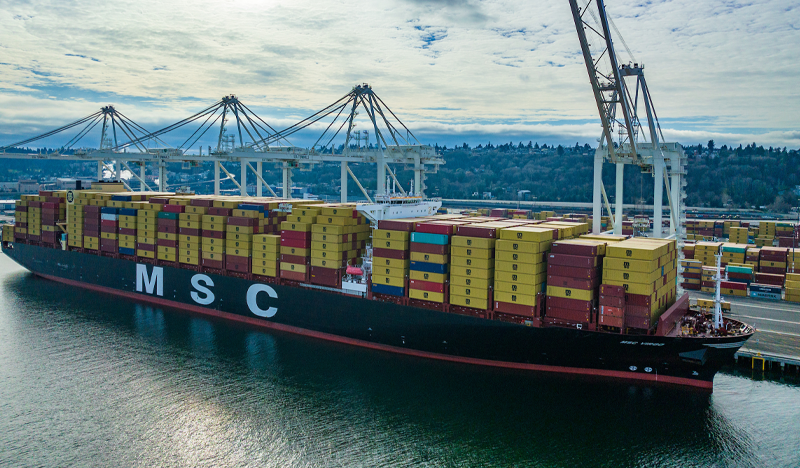
Other uses
Containers are gaining popularity outside of the shipping world. They have been converted for use as stores, restaurants, homes, schools, workshops, hotels, offices, emergency hospitals, studios, malls, and a wide variety of other uses. For example, Seattle’s Ballard neighborhood features a Starbucks made from containers.

